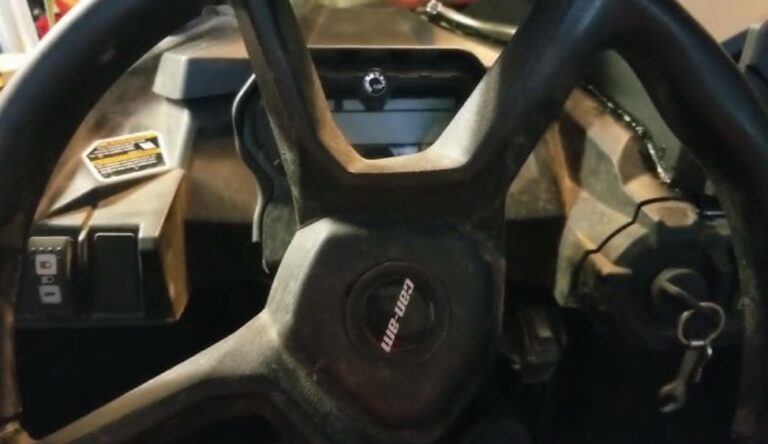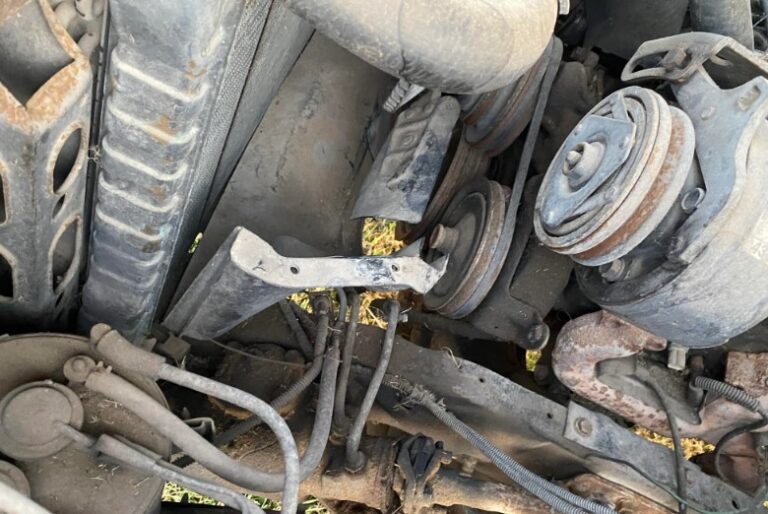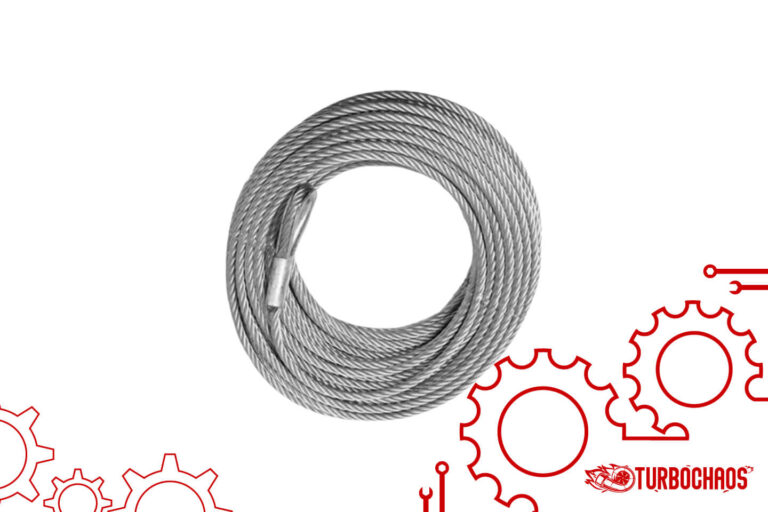How To Start A Jet Ski With A Water Hose? Process Guide
This article will assist you in How To Start A Jet Ski With A Water Hose? This query is the subject of many rumors and misconceptions. Can a jet ski be started off the water or not?
Many owners prefer to start their engines when the Jet Ski is on the trailer. These worries originate from the boating industry because many boats require water to start their engines (or to be attached to a hose for water delivery).
Because a boat, it’s crucial to comprehend how its engines and cooling systems operate. You are likely interested in finding out if you can run a jet ski out of the water.
To prevent damage and malfunctions, learning how to clean and maintain your jet ski properly is essential. As the recommended times may vary from model to model, we’ve compiled the instructions from each manufacturer (Yamaha, Sea-Doo, and Kawasaki) on how to start their watercraft out of the water in this post.
Table of Contents
How To Start A Jet Ski With A Water Hose?
- Connect the hose to the Jet Ski but wait to turn on the water!
- Start the engine of the Jet Ski.
- Let the water run.
- Start the engine within the time limit.
- Turn off the water.
- Turn the engine off.

Can You Start A Kawasaki Jet Ski Out Of The Water?
A Kawasaki jet ski may be safely started off the water under specific situations. The engine can be run dry for up to 15 seconds, but if you connect the hose to the flushing port, you can keep the Jet Ski running dry for much longer.
After your trip, Kawasaki advises operators to flush the Jet Ski engine for a few minutes. The maker emphasizes that the Kawasaki Jet Ski engines need a specific amount of water depending on the rpm.

The owner’s manuals for jet skis state that they need a minimum of 2.5 quarts/min at 1,800 RPM and 7.4 quarts/min at 6,000 RPM. Being careless while flushing your Kawasaki Jet Ski could damage the engine or exhaust system. Always read the owner’s manual before beginning any task.
Can You Start A Sea-Doo Out Of The Water?
While a Sea-Doo is connected to a water source, you can run it out of water. Be cautious since Sea-Doo advises against ever starting the motor without water, unlike other manufacturers. A Sea-Doo can only be operated for two minutes out of the water, even when flushed with running water!

Please note that even though the manufacturer does not advise doing so, most owners only start their engines for a little period without the attached garden hose. This is because there are numerous circumstances in which you may have to start your Sea-Doo without any water, such as when you check the batteries before rides or drain the water from the exhaust system.
Why You Should Only Run A Jet Ski With Water/Dry?
Naturally, using your Jet Ski dry for a long time carries significant risks. Therefore, it is advisable to use a water hose even if you aren’t necessarily flushing anything out (and if a dry run of the car is optional). This is a fairly simple method of keeping your jet ski from suffering severe damage while being powered up on land.
Given that this argument and others like it will be made repeatedly in this text, you might be asking why it is so significant. However, Long dry runs really harm your jet ski more than good since it was designed to operate in the water. They put your machine in an abnormal condition.
Furthermore, they are operated for longer than a few seconds without water and over time with repeated instances of this kind. In that case, they can instantly destroy the critical internal components of your jet ski (including the engine).
So that the liquid can flow through the device and provide what it needs to work smoothly, Jet Ski land runs should always be completed with a water supplement. This enables every component of the Jet Ski to perform as intended without having to cope with the needless damage and difficulties brought on by protracted dry runs.
Additionally, remember that once the water hose is attached to your Jet Ski’s flood adapter, you should always turn on the Jet Ski first, followed by the water hose. The process is completed similarly as well. You must turn off the water before you turn off the Jet Ski. But don’t be concerned. In a moment, we’ll discuss how to accomplish all of this.
Anyone unfamiliar with Jet Ski maintenance may find it daunting or confusing, which is understandable. The procedure for starting your jet ski using a water hose is much simpler than it seems, though. The steps and the associated information are presented below for your convenience.
Note that although this page provides instructions on how to start a jet ski with a water hose, it is not specific to any one brand or model. Since no single set of maintenance guidelines can be perfectly applied to every single type of Jet Ski, they are merely broad guidelines.
It is vital to confirm your jet ski’s precise restrictions and upkeep needs with the manufacturer. Arsenic may very well be one machine’s preventative medicine and another’s arsenic. Always err on the side of caution while making your preferred aquatic investment.
But more generally, following these instructions, you can begin your jet ski with a water hose on dry land. These should aid in avoiding damage to your jet ski whenever you operate it outside of the water, along with the recommendations from your manufacturer.
Additional Tips
- Start the watercraft by turning the ignition key to “On,” but do not crank it. Some Jet Ski models’ safety features prevent starting unless the throttle is neutral.
- If your watercraft has an engine cover, open it and look for the push-pull cord next to the kill switch. When seated on your watercraft, the kill switch is on the left handlebar grip closest to you. If you pull this wire out, your watercraft’s engine won’t start; if you pull it back in, the engine will start.
- If there isn’t a push-pull cable at the kill switch, search for an inline fuse that only receives electricity when the ignition key is switched to “On.” The fuse should be pulled out for five seconds with a fuse puller or needle-nose pliers. After that, reinstall the fuse into the vacant slot, and turn the ignition key to “On.”
- Search for a second inline fuse that only receives electricity when the ignition is turned to “Start.” This second fuse should be removed using a fuse remover or needle-nose pliers, waited for about five seconds, and replaced. Until you finish step 5.5 below, which permanently turns off this secondary safety on some models, this secondary safety will prohibit you from starting the vehicle.
- While maintaining your finger on the starter relay switch push button, either on or next to your throttle or handlebars, switch the watercraft’s kill switch from “Off” to “Run.” This will send a signal to the starter relay switch on your watercraft, activating the electrical solenoid that starts your jet ski’s engine. Your boat should begin to move with constant whining from its start.
Conclusion
I hope you learn How To Start A Jet Ski With A Water Hose? By studying the above information. If it’s inevitable, you can run a Sea-Doo engine for a few seconds without flowing water, but not longer to prevent overheating! Remember to maintain a low RPM as well.
Are you perplexed why you can only run your Sea-Doo’s engine for two minutes after flushing it or why it won’t run longer without water? The fact that Sea-Doo employs a closed-loop cooling system while the other brands continue to use open-loop cooling is one of the causes.
Another little-known fact is a distinct driveshaft seal design for Sea-Doo compared to competing watercraft models.
Sea-Doo has a special seal that encloses the driveshaft, a metal rod that directly drives the impeller. Water cannot enter the Sea-Doo’s hull near the rod because this seal prevents water from entering.
The rod (driveshaft) is firmly encircled by a tiny ring in this seal, known as a CARBON RING. The biggest danger is that the Sea-Doo’s carbon ring, which is meant to be cooled by water, could become overheated and suffer damage, especially if the engine is run at high RPMs.
Frequently Asked Questions
How deep does the water need to be to start a jet ski?
You know that the water must be at least three feet deep for your jet ski to run securely. This is due to the Jet Ski pump, which continuously creates a vacuum while the engine is running.
How long can I run the Jet Ski on the hose?
Again, even if you’ve connected a garden hose to the flush port, there are still a lot of parts in your jet ski that need to be cooled! Wait to operate your jet ski on the hose for two minutes, and always keep this issue in mind.
Do you always get wet on a jet ski?
Most of the time, they tend to keep the operator dry. So a skilled Sea Doo rider, a PWC rookie, or a Jet Ski renter can opt to avoid getting wet when riding in typical conditions. But occasionally, the result is becoming wet.
Why is my jet ski hard to start?
The Jet Ski may have trouble starting due to clogged gasoline filters, a broken fuel pump, or water in the fuel. 3. Failed Ignition System: The engine cannot start if the ignition system’s defective spark plugs, coils, or switches.

Welcome to the exhilarating world of Matt Rex, a professional car racer turned renowned vehicle enthusiast. Immerse yourself in his captivating blog as he shares heart-pounding adventures, expert reviews, and valuable insights on cars, trucks, jets, and more. Fuel your passion for speed and discover the beauty of vehicles through Matt’s engaging stories and meticulous expertise. Join the ever-growing community of enthusiasts who find inspiration and expert advice in Matt Rex’s blog—a digital hub where the thrill of speed meets the pursuit of knowledge.







